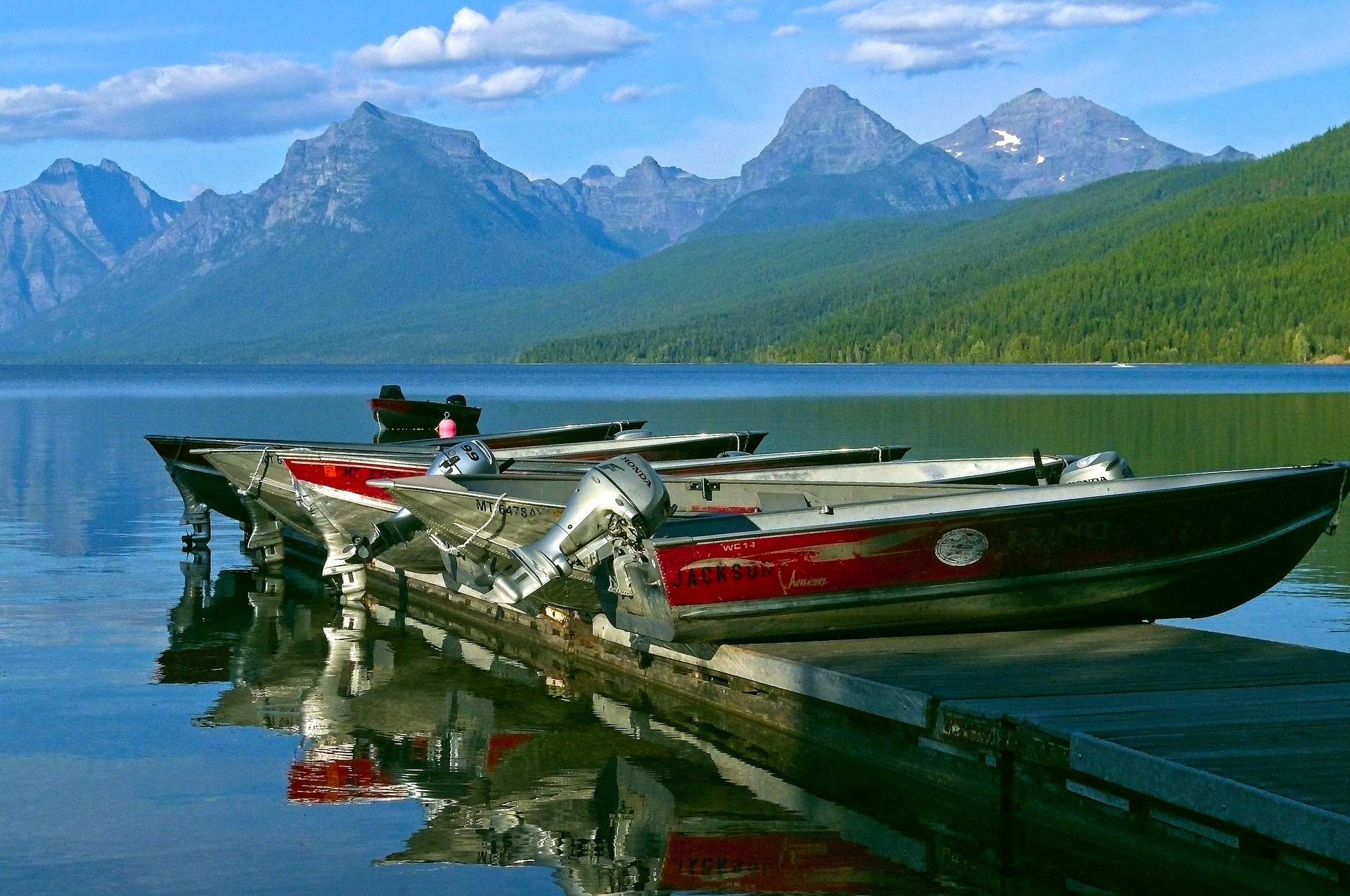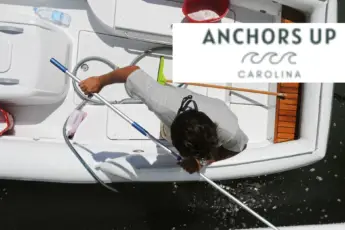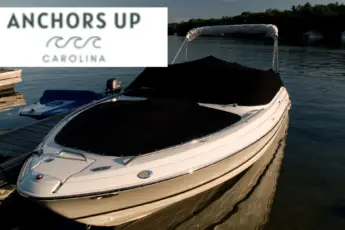One of the biggest challenges faced by both experienced boaters and those new to the industry is docking a boat. Many challenges can be encountered but are easily overcome if you’re adequately prepared. Some of these challenges include docking a boat in the wind and current. Marinas can be busy places adding even greater stress to the situation. In time with practice, your confidence will soar. Follow these tips, and you’ll look like a pro when docking a boat.
What Do You Need To Properly Secure A Boat In A Boat Slip Or Face Dock
- Fenders that protect the side of the boat from scraping or bumping into the dark too hard. These are also called bumpers to some. Keep in mind that you may want to utilize additional fenders when the winds are stiff or the dock space is tight.
- Dock lines to secure the boat to the dock to include a stern line, bowline, and forward and aft-facing spring lines.
What Factors Play Into Maneuvering A Boat For Safe Dockage?
- If you live in coastal areas, the tidal flow has a significant impact on docking the boat. Currents can swiftly move a vessel out of position and into the danger of hitting the dock or other crafts. When necessary move away from the dock and start the process over again.
- Winds can be similarly as treacherous as currents; strong winds can also impact a boat’s maneuverability.
- Marina’s can be tight on space, making them difficult to align and dock without ping-ponging. docking a boat in windy conditions and strong currents only adds to the chaos.
- When you are docking your boat. the current will negatively affect the ability to maneuver the vessel.
How To Prepare For Docking A Boat?
- Always have the lines secured to the boat’s cleats on the end that has a loop ahead of time, so you’re not fumbling around dockside.
- Deploy the fenders on the side of the boat that it will rest against the dock.
- When docking boat in wind take note of both the direction of the wind and current.
Best Ways To Approach A Face Dock:
- If the space is available, operate the boat against the current when approaching the dock.
- This isn’t a race; move the boat slowly through the water while maintaining control.
- When docking your boat move the throttle in and out of drive as you pull alongside.
- Have someone exit the boat and enter the dock for tying lines.
- Secure the bow line, stern line, and spring line that will prevent you from sliding backward in the current by using a cleat hitch.
- Be sure the boat is stable before offloading passengers.
- Note that if you’re at a marina gas station, leave ample room for other boats to tie off; you don’t want to make it inaccessible to others.
How To Tie Up At A Boat Slip
- Often a boat will be off to the port or starboard side in the slip.
- Take note of the current and wind direction before backing or pulling straight in.
- When docking your vessel and the wind is in your face, how should you approach the dock? Approach to dock by steering into the wind when possible, to maximize control.
- When securing a boat to a dock have the fenders and lines ready.
- Move slowly but steadily for good steerage ability.
- If the current is strong and sets you down on the dock, be ready to apply power in the opposite direction of your intended resting place.
- Securing boat to dock should be with the help of others including passengers or dock hands.
- Offshore bowlines to a center piling may be in place to connect a bow line to the opposite side of the dock bow line.
Now You’re Ready To Dock And Secure Boat Like A Pro
Now you know the best way to dock a boat. Docking and securing your boat will be much more comfortable by following these simple steps. The main key component of how to secure a boat to a dock is being prepared ahead of time. Gather dock lines at the last minute can spell disaster. Some become fearful of wind and current, but they can be used to your advantage if you drive into them. For the most part, the boat will gently move towards the dock’s direction. Take it slow to start out, but you will be confident to approach at greater speeds in the end. Take it from us we have spent ample time on the water in varying conditions. Remain patient and calm.








Leave a Comment
You must be logged in to post a comment.